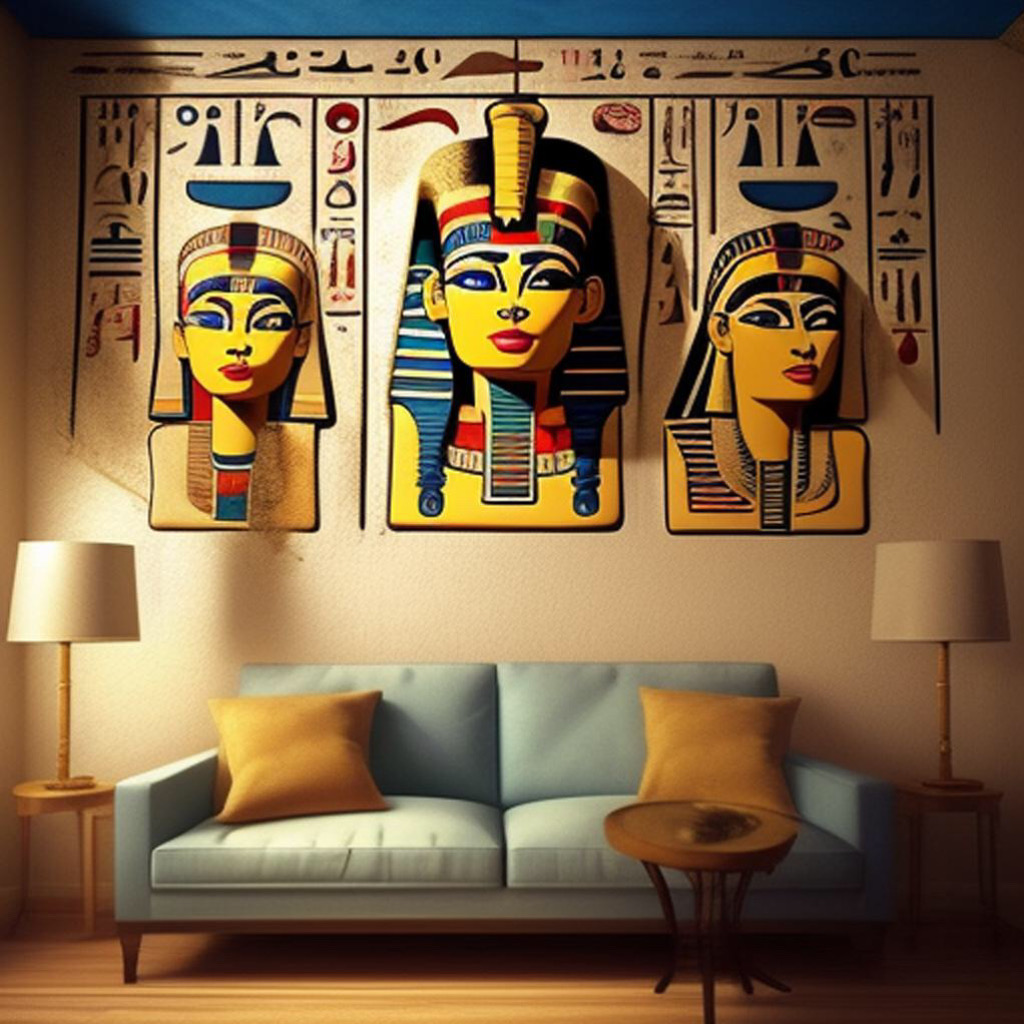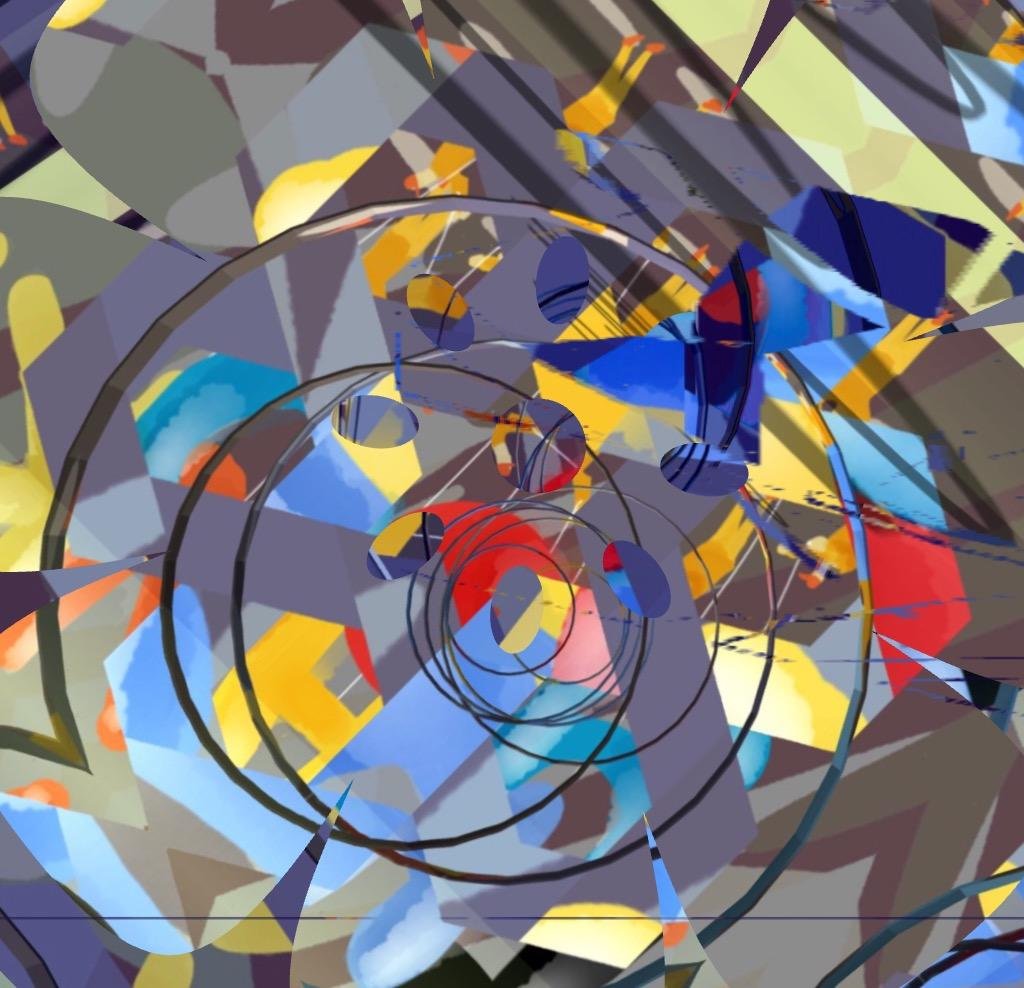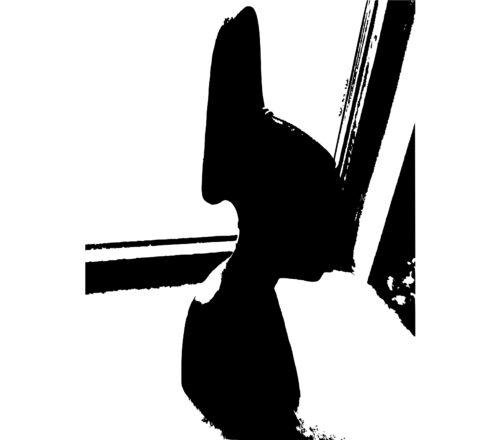
Table of Contents
Egyptian wall decorations
The decoration of walls in ancient Egypt held profound cultural, religious, and symbolic significance. While it might seem unusual to us today, understanding the reasons behind this practice sheds light on the intricate tapestry of Egyptian society and their worldview.
Religious Beliefs
Egyptians believed in an afterlife, and they decorated walls to create a divine and protective environment for the deceased in the afterlife. Tomb and temple walls were adorned with scenes of religious rituals, offerings to gods, and depictions of the journey to the afterlife. These scenes were thought to provide guidance and support to the deceased as they navigated the realm of the dead.
Communication with the Divine
Wall decorations served as a means of communication with gods and spirits. The depictions of gods, rituals, and religious ceremonies on temple walls were believed to bring the divine presence closer to the people. Temples were seen as the dwelling places of deities, and elaborate decorations were a way to honor and communicate with them.
Historical Records
Many wall decorations also acted as historical records. Scenes of battles, conquests, and daily life in tombs and temples provided a visual narrative of the achievements and events of the time. These decorations offered a glimpse into the past for future generations, preserving the memory of significant events.
Cultural Identity
Egyptian society was deeply rooted in tradition, and wall decorations were a way to express and reinforce their cultural identity. Symbols, hieroglyphs, and imagery were used to convey social values, hierarchies, and the interconnectedness of different aspects of life.
Education and Instruction
In temples and tombs, wall decorations served as a means of educating people about religious rituals, myths, and moral teachings. The images and inscriptions were tools for passing down knowledge and wisdom to future generations.
Elevating Architecture
Wall decorations enhanced the architectural aesthetics of temples and tombs. They transformed plain structures into vibrant and captivating spaces, creating a sense of awe and reverence among visitors.
Status and Prestige
Lavish decorations were often indicators of wealth and social status. Elaborate tombs and temples with intricate decorations showcased the power and influence of individuals or rulers who commissioned them.
In essence, the wall decorations in ancient Egypt were a fusion of art, spirituality, history, and education. They served as gateways to the divine, vessels of knowledge, and visual representations of a complex and multifaceted society. The practice of adorning walls was a way for the Egyptians to bridge the gap between the earthly and the spiritual realms, leaving behind a legacy that continues to fascinate and intrigue us today.
What is a wall decoration?
A wall decoration refers to any item or artwork used to enhance the appearance of a wall in a room or outdoor space. Wall decorations can serve both aesthetic and functional purposes. Common types include:
Paintings and Artwork: Canvases, prints, or framed art pieces that express creativity and style.
Posters: Printed images or artwork, often used for thematic or casual decor.
Wall Hangings: Tapestries, fabric art, or woven pieces that add texture.
Shelves: Floating or mounted shelves that can hold decorative items or books.
Mirrors: Reflective surfaces that can make a space feel larger and brighter.
Photo Frames: Collections to display family photos or personal memories.
Wall Stickers/Decals: Adhesive designs that can be easily applied and removed.
Clocks: Decorative timepieces that can be both functional and stylish.
Wall Planters: Spaces for plants that bring a touch of nature indoors.
Artisan Creations: Unique, handcrafted items like metal sculptures, wood carvings, or ceramics.
These decorations can reflect personal style, cultural influences, or seasonal themes, contributing to the overall ambiance of a space.
Shop corner
Egyptian wall decorations on Amazon
Thank you for reading, shares and comments!
✨ Comment Policy ✨
We welcome thoughtful, kind, and constructive comments that contribute to meaningful conversations.
Please note:
- Promotional links and unsolicited offers will be removed.
- Spam, irrelevant content, or self-promotion without prior permission will not be published.
- We value quality engagement over quantity — thank you for helping us keep this a respectful and inspiring space!
Sources openai Language models, aitrot, picsart and mib
Take time to learn
Invest in your future
Embark on a journey into the realm of affiliate marketing and craft your own website within a vibrant, supportive community. Join me in this adventure, where you can begin as a free starter and stay as long as you desire. Enjoy complimentary hosting and foundational teachings to set you on your path. For those with advanced skills, opportunities to elevate your expertise await. Take a moment to explore and witness the magic for yourself!




